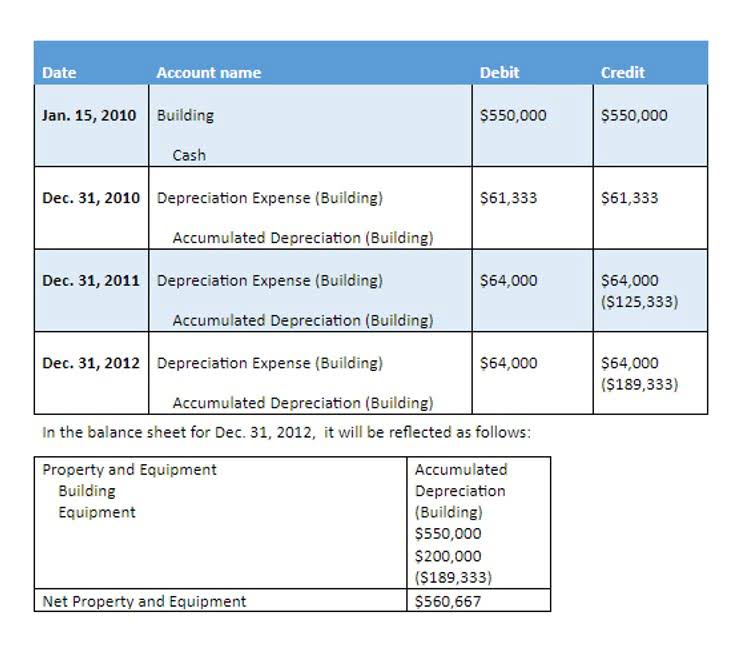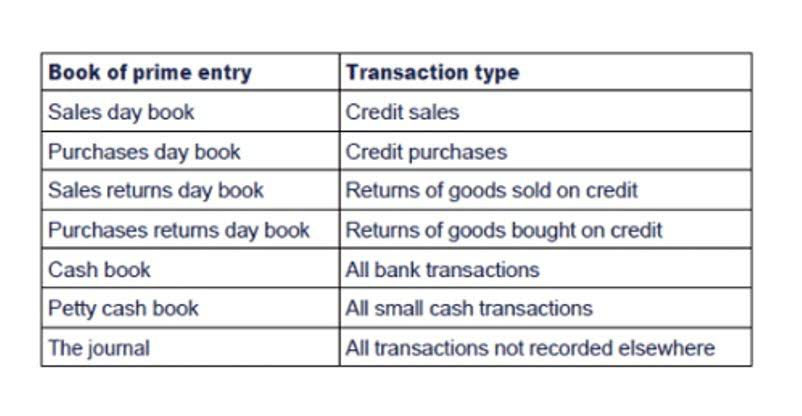
It provides an organized overview essential for financial tracking, reporting, & analysis. A general ledger account is a record in the accounting system that tracks & summarizes all financial transactions related to a specific asset, liability, equity, revenue, or expense. It provides a comprehensive overview of a company’s financial health & is crucial for accurate financial reporting & analysis. In the case of certain types of accounting errors, it becomes necessary to go back to the general ledger and dig into the detail of each recorded transaction to locate the issue.

The Simplified Meaning of a General Ledger
It requires that all financial transactions affect at least two accounts and balance between debits and credits. An accounting ledger is part of the bookkeeping system and is used by businesses to record all their financial transactions. Businesses will create separate categories for such transactions, which are known as accounts.
- Overall, GL account types are essential tools for tracking business performance and making strategic decisions about how to grow and improve the company over time.
- He has been the CFO or controller of both small and medium sized companies and has run small businesses of his own.
- You do this as a result of balancing the debit and the credit sides of such accounts.
- Operating income includes sales revenue, income received as fees and commission, etc., and these incomes will depend on the type of business you undertake.
Classification of General Ledgers
You can use the account balances in the general ledger to generate the trial balance, which lists every account and the current account balance. The dollar amount of total debits must equal total credits in the double-entry accounting system. A general ledger almost resembles a T-shaped account with entries on debit and credit sides. While debits show an increase in assets or expenses, credits indicate a decrease in assets (or, often, a boost in liabilities or revenue). Make it a habit to post journal entries to reflect all financial transactions regularly, including but not limited to revenue, expenses, and asset/liability adjustment. Now, each of your transactions will follow a procedure before they are entered in the final books of accounts.
Accounting Ratios
Without a chart of accounts, the general ledger accounts could not exist because the ledgers would have no place from which to get their account names or numbers. The chart of accounts is the place where general ledger accounts are created and maintained. This requires business transactions https://www.facebook.com/BooksTimeInc/ to be recorded in just one column, whether they are positive or negative entries. The balance of a general ledger reflects the difference of credits from debits. You subtract the total number of debits from the total number of credits to get this figure. Having this information helps you make more informed business decisions.

- Adjusting entries are prepared at the end of an accounting period to consider income or expenses that have not yet been recorded in the general ledger.
- In other words, a ledger is a record that details all business accounts and account activity during a period.
- While the list isn’t comprehensive, you can start to see how the general ledger would be huge.
- The integration of advanced technology into accounting has revolutionized the management of general ledgers.
- That means it has a unique tag attached, which tells you where a specific book belongs and helps you find precisely what you are looking for.
- The FreshBooks cloud accounting software will change the way you look at bookkeeping.
If you have a smaller business, you might have fewer accounts and sub-accounts because you have fewer transactions. Sub-accounts, or sub-ledgers, give you details behind your general ledger entries. Sub-accounts let you break down your accounts even further so you know exactly where https://www.bookstime.com/ funds are coming in and out of. Money owed to another business, vendor, organization, employee, or government agency is usually considered a liability. Some examples of liabilities include loans, mortgages, and accrued expenses.

General Ledger Examples

As discussed before, the financial entries are first recorded in a general journal. For example, goods purchased with cash will be recorded in the the general journal as a journal entry. The journal entry will debit goods as gl account examples an asset and credit cash as it will be going out or reducing to purchase the goods. Ledger balancing assists in computing how much assets, liabilities or revenue sources, etc., are left with an organization at the end of an accounting year.
